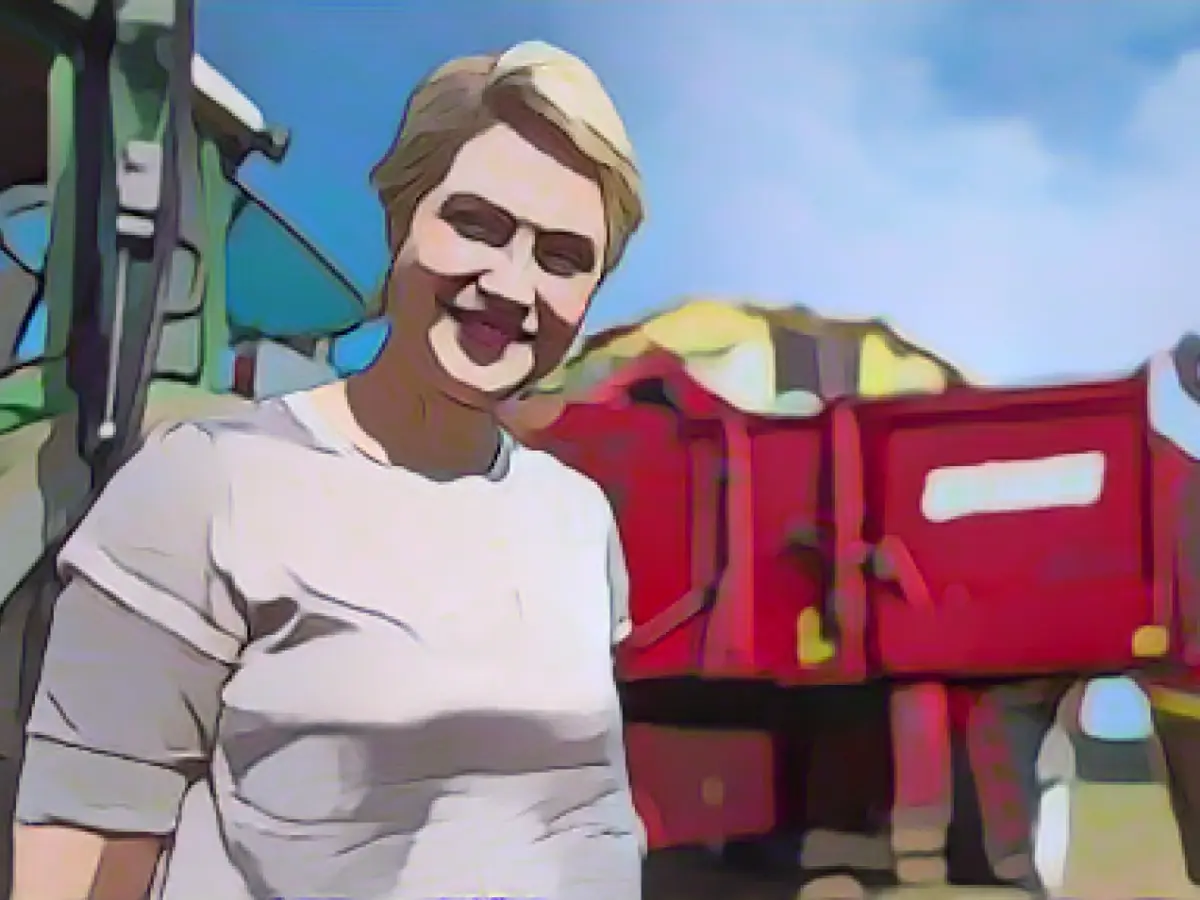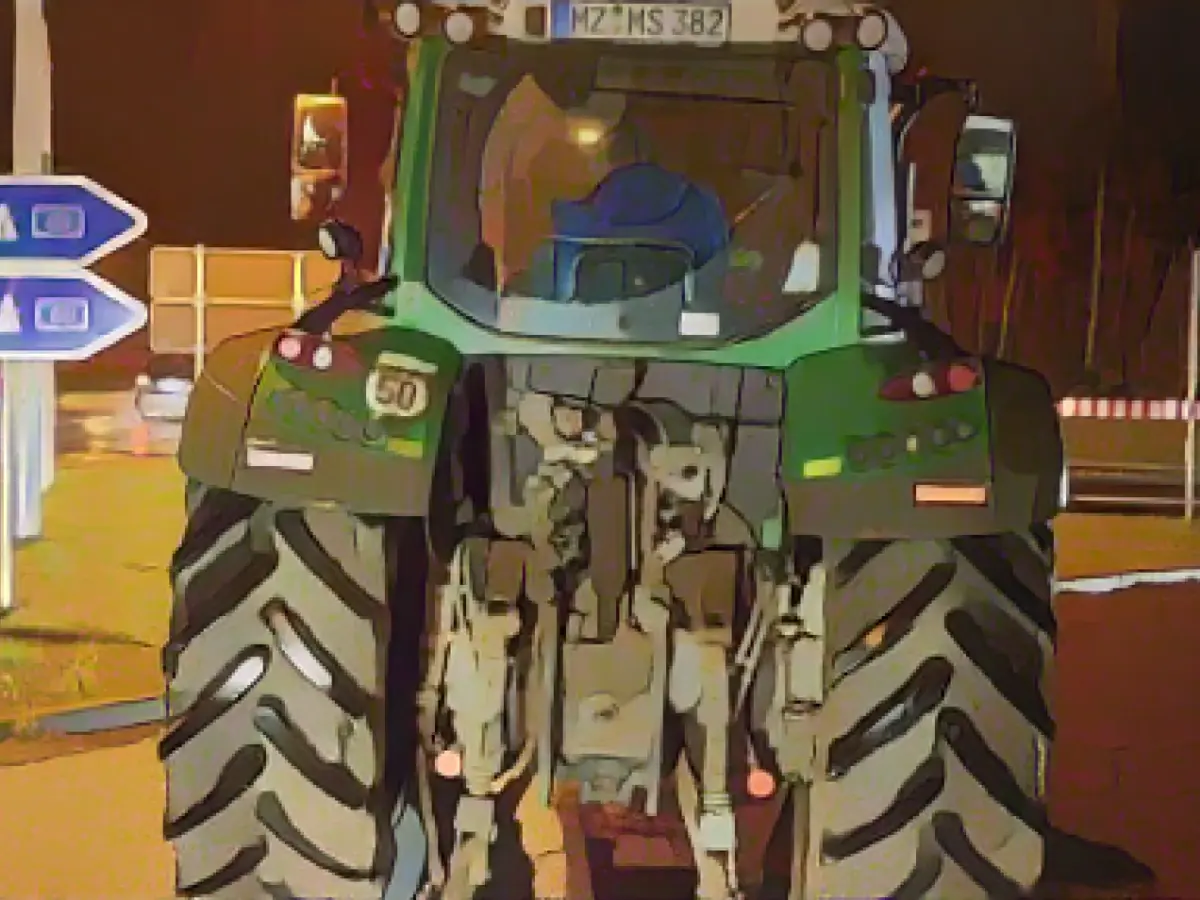Title: Addressing the Rise in Wolf Attacks on Livestock in Germany
Stirring controversy in agricultural regions of Germany, such as North Rhine-Westphalia, the significant jump in wolf attacks on livestock has prompted urgent action from federal and state environmental ministers. This heated issue was the central focus of their two-day fall conference in Münster, Westphalia, where heads of government gathered to discuss potential solutions.
Outside the conference venue, livestock farmers protested, demanding further measures to manage the increasing wolf population. These farmers asserted that the mounting economic damage was threatening their livelihoods.
According to a research project by the Federal Agency for Nature Conservation, wolf attacks on livestock surged to 1136 cases in 2022, resulting in fatalities and injuries to 4366 farm animals. Sheep (3778 cases) and cattle (260) were most affected, followed by wild game (184) and goats (91). The number of attacks and affected animals increased by 17% and 29%, respectively, compared to 2021. However, there were few or no attacks in many wolf territories, while other locations saw a rise in attacks. Notably, there have been no reported attacks on humans since the wolf's return to Germany over two decades ago.
The shooting of problematic wolves is already permitted under certain conditions in some federal states. Since 2017, twelve wolves have been killed with authority approval in various regions. At the same time, 65 unauthorized wolf killings have been uncovered. Environmental organizations raise concerns regarding general hunting of wolves, citing that the majority of livestock kills involved unprotected grazing animals. Instead, they advocate for nationwide herd protection with minimum standards.
In response, Environment Minister Steffi Lemke (Greens) proposed defining specific regions with high wolf predation levels. If a wolf breaches protective measures, e.g., fences, and kills a grazing animal, it should be allowed to be shot within a 21-day period by a special permit, within a 1000-meter radius of the pasture. Unlike before, genetic tests will not be required for shooting.
However, state representatives' positions vary on the issue. Some, like Bavaria, call for lower legal barriers and a reduction in wolf protection status to make it easier to shoot wolves. In contrast, others, such as Mecklenburg-Western Pomerania, believe that Lemke's proposals are too ambiguous to pass legal review.
From the federal government's perspective, the wolf remains a fully protected species under European law. The intention behind faster shooting of problem wolves is to provide security for livestock owners, aligning with European species protection law. The government does not deem it necessary to amend federal nature conservation law, which already permits wolf shooting under certain circumstances. The federal states could enact these proposals promptly, subject to a joint interpretation of the law by both governments.
The federal government emphasizes herd protection measures, such as fences and livestock guarding dogs, as the most effective methods to safeguard livestock against wolf attacks. In light of this, some Green Party heads of departments have expressed support for Lemke's plan. Lower Saxony's Environment Minister, for example, advocated for consistent rules across Germany to prevent different states from outbidding each other by relaxing legislation.
In conclusion, the surge in wolf attacks on livestock in Germany has provoked a need for quick action from environmental authorities. While some measures, such as electric fences and livestock guarding dogs, have shown promising results in reducing wolf attacks, the opposition to wolf culling regulations primarily revolves around concerns over animal welfare and the effectiveness of such methods.








